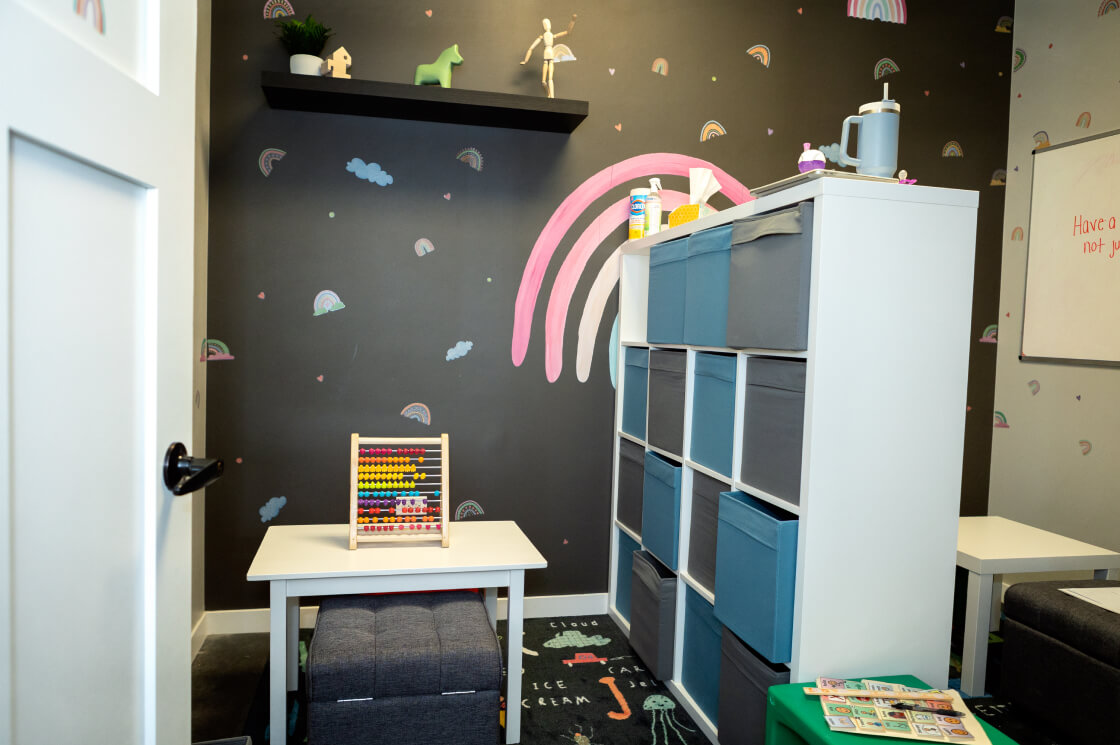
In-Clinic ABA Therapy
ABC Therapy Clinics is proud to offer in-clinic ABA therapy services for the Chicagoland area. Not only does this setting allow our therapists to cater directly to the needs of our clients, but this setting will also offer unique opportunities for the children to learn and grow from each other as well as therapists.
The clinic will address the pre-requisite skills required to be successful in a classroom environment while also targeting functional communication, independence, and social skills. We believe that celebrating every small step as a big achievement creates momentum that builds more confidence, and the added benefits of receiving therapy in a clinic setting only provide further support.

